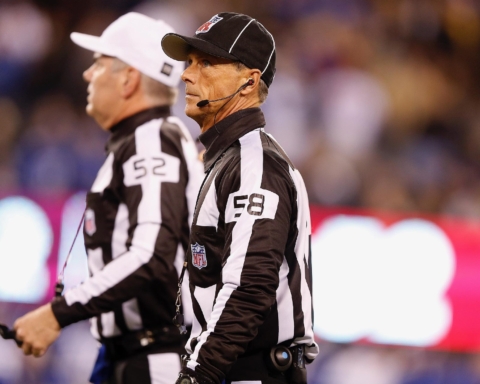This editorial represents the opinion of The Bona Venture staff
The campus speed limit is 15 mph.
That means the fastest anyone should ever be driving on St. Bonaventure University grounds caps out at 15 mph.
So when Safety and Security clocks drivers at 40 mph with a radar gun, there needs to be a change. This is precisely why Safety and Security utilizes the radar gun during occasional speed trap checks around campus.
And it’s a good thing they do.
Safety and Security Director Vito Czyz explained that, because they are given jurisdiction within the university’s private property by the Cattaraugus County Sheriff’s Department, they have permission to administer speeding tickets to on-campus traffic.
Now, Safety and Security combats excessive speeds on-campus with occasional mobile speed traps, where an officer will clock someone with the radar gun and another officer posted ahead will have the person stop, if necessary. This is in part because they, not being sworn officers, cannot pursue.
“A normal officer on the street that’s running radar can shoot somebody with a radar gun, then turn his lights on and pursue him,” Czyz said. “We can’t do that.”
And they shouldn’t have to. Frankly, a speed above 15 mph is completely unnecessary on a campus as small as St. Bonaventure. Class isn’t going anywhere, we promise.
Czyz stated that some problem areas on campus include behind the Reilly Center, with an abundance of blind spots and a total of four stop signs, and Clare Road around the four-way intersection by the Warming Hut.
“Behind the Reilly Center is our major concentration, where we really want to get people paying attention to what they’re doing,” Czyz said.
That’s why, according to Czyz, Safety and Security runs the speed traps: to get students’ attention back on the road. These traps are fairly expensive for Security to run, as the tests require officers to work longer than normal hours, racking up hours of overtime pay. He related it back to regular road driving.
“If you see a police car, you tend to slow down,” Czyz said.
With an estimate of more than 50 people stopped on Monday alone, it sounds like we need to slow down anyways. Driving restrictions, like speed limits, are implemented for a reason: to keep people safe: be they the other drivers, pedestrians or even the occupants of your own vehicle. So when someone speeds, he or she is endangering everyone around him.
Safety and Security is even willing to cut students some slack when it comes to speeding. Based on the discretion of the individual officer, the norm is to allow for a speed limit of up to 30 mph on straightaway tracts. Even then, the officers are apt to give more verbal warnings than tickets, according to Czyz.
“We gave out a lot of verbal (warnings),” Czyz said. “In fact, we gave out four times as many verbals as we did tickets.”
It’s a good thing for students that they do, when it comes to finances. A ticket for speeding on campus will run a student $100 each in fines, one of the more expensive tickets that Safety and Security will issue.
So here’s a question: is it worth endangering pedestrians and other drivers to make it to class maybe three minutes sooner?
If you answered yes, you’re building a bad habit for the real road, and good luck getting a cop to be forgiving four out of five times. So, some friendly advice to student drivers:
Just slow down.





